Optimal Timing for Stamped Concrete Service
Choosing the right time for stamped concrete service ensures optimal results and longevity. Weather conditions, temperature, and humidity play crucial roles in the curing and sealing processes. Typically, the best periods are during mild, dry seasons with consistent temperatures.
Spring offers moderate temperatures and low humidity, ideal for stamped concrete application and curing.
Early summer can be suitable if temperatures are not excessively high; avoiding peak heat prevents cracking.
Fall provides cooler temperatures and less precipitation, making it a favorable time for stamped concrete work.
Winter is generally unsuitable due to cold temperatures, frost, and increased moisture, which can hinder proper curing.
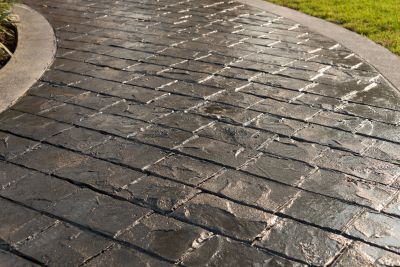
Ways to make Stamped Concrete Service work in tight or awkward layouts.
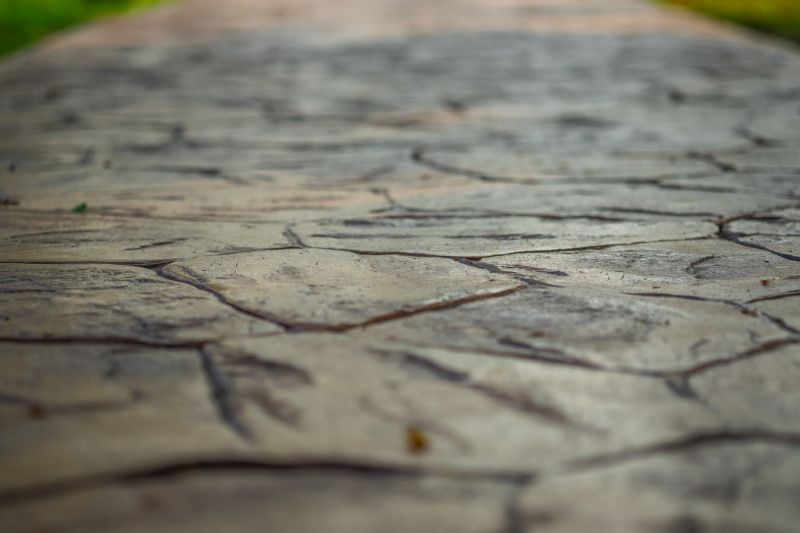
Popular materials for Stamped Concrete Service and why they hold up over time.
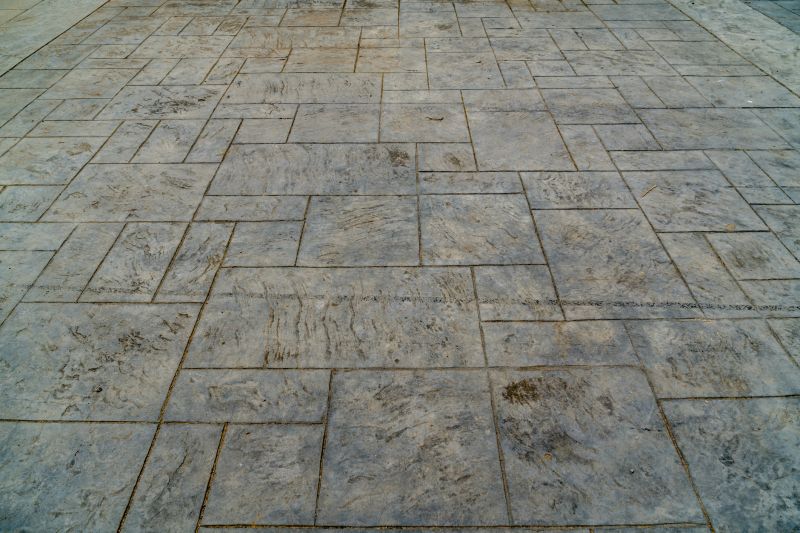
Simple add-ons that improve Stamped Concrete Service without blowing the budget.

High-end options that actually feel worth it for Stamped Concrete Service.
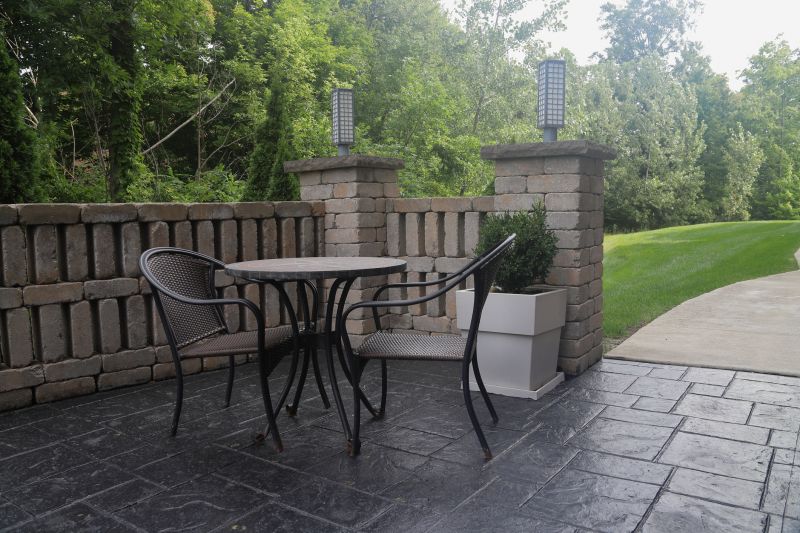
Finishes and colors that play nicely with Stamped Concrete Service.
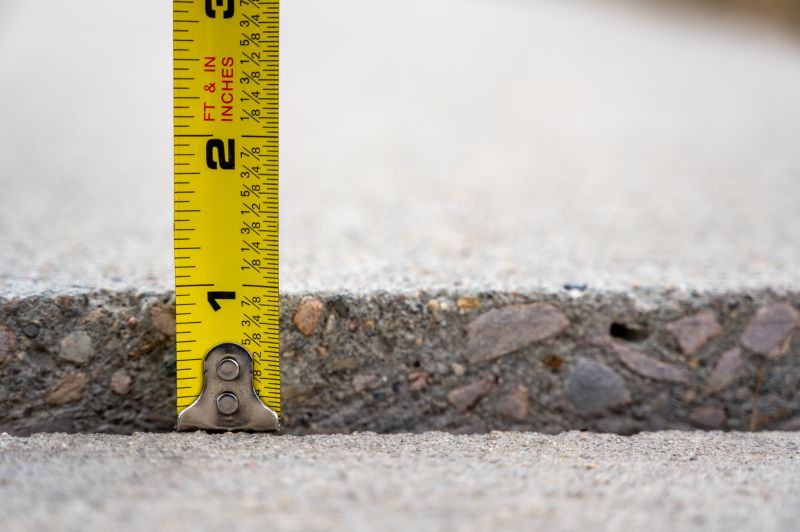
Little measurements that prevent headaches on Stamped Concrete Service day.
Stamped concrete service involves imprinting patterns and textures onto freshly poured concrete, creating a decorative surface resembling stone, brick, or other materials. This process enhances curb appeal and durability for driveways, patios, and walkways. Proper timing ensures the concrete cures correctly, resulting in a vibrant, long-lasting finish.
Statistics indicate that stamped concrete can last over 25 years with appropriate installation and maintenance. The curing process is sensitive to environmental factors; high temperatures can cause premature drying, while excessive moisture can weaken the surface. Scheduling during suitable seasons minimizes these risks and ensures a high-quality result.
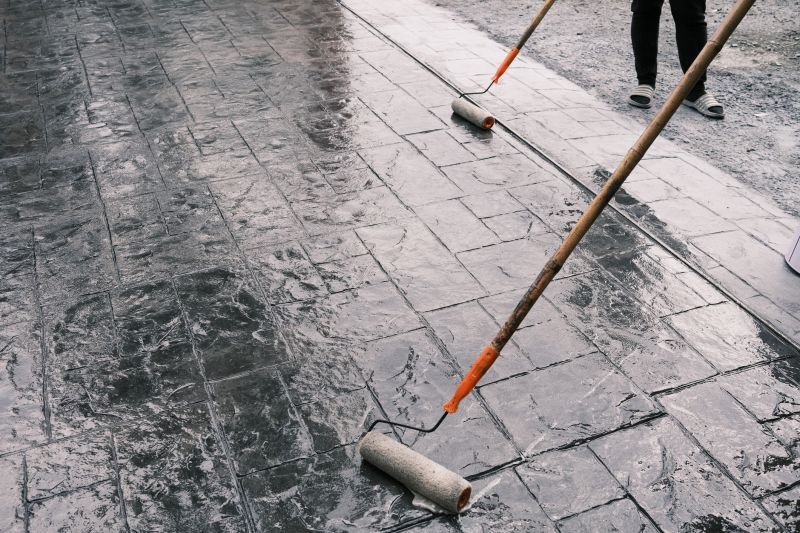
A 60-second routine that keeps Stamped Concrete Service looking new.
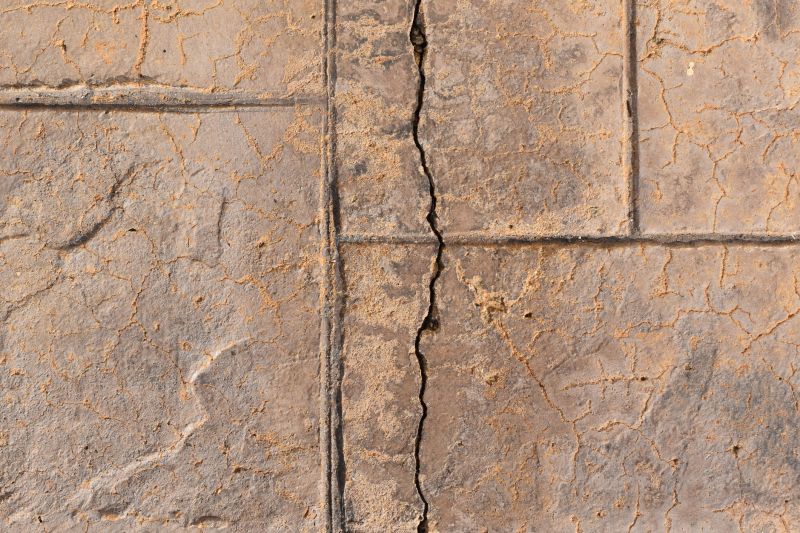
A frequent mistake in Stamped Concrete Service and how to dodge it.

Small tweaks to make Stamped Concrete Service safer and easier to use.
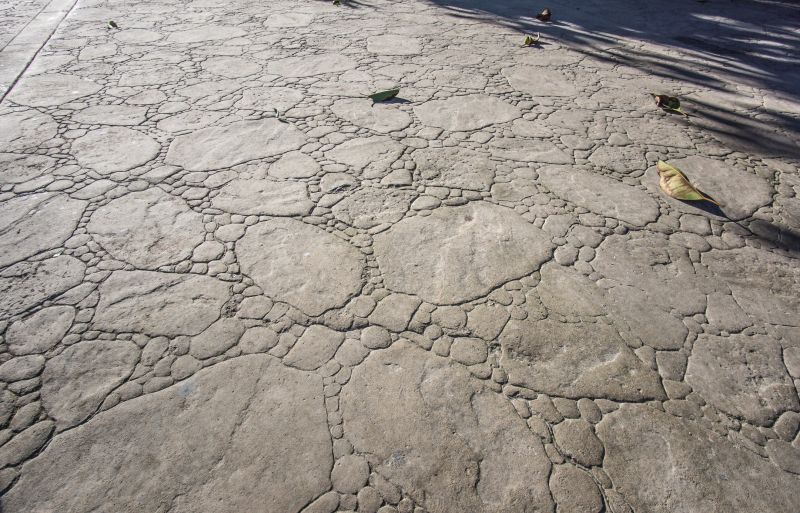
Lower-waste or water-saving choices for Stamped Concrete Service.
| Season | Ideal Conditions |
|---|---|
| Spring | Moderate temperatures, low humidity, dry weather |
| Summer | Early summer, avoid peak heat, consistent temperatures |
| Fall | Cool temperatures, minimal rain, stable weather |
| Winter | Cold temperatures, frost, high moisture, generally unsuitable |
Interested in stamped concrete services? Filling out the contact form can provide more tailored information and scheduling options to ensure the best results based on seasonal conditions.
